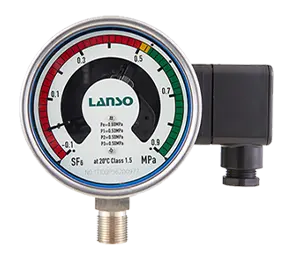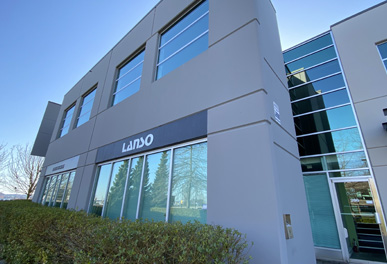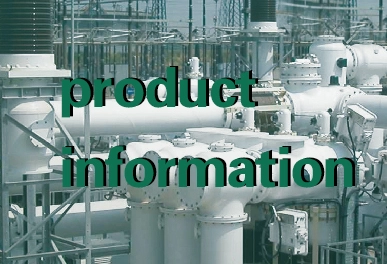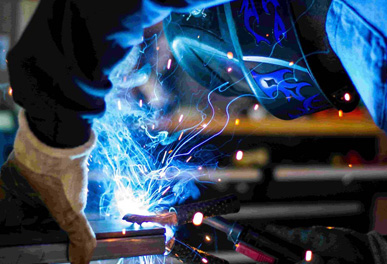In the power industry, circuit breakers in substations are important equipment used to ensure the reliable operation of the power grid.SF6 gas density monitoring system is an important component of circuit breakers. It is responsible for monitoring the density ofSF6 gas to ensure the normal operation of the equipment. However, this monitoring system may also face various faults that may affect the performance of the circuit breaker. This article will delve into the possible faults in the SF6 density monitoring system and introduce how to deal with these issues.
Faults of SF6 Gas Density Monitor
SF6 density monitor is a core component in the SF6 density monitoring system. It is responsible for measuring the density of SF6 gas and providing accurate data. However, the monitor may experience the following types of faults:
Mechanical interference: The density values of the monitor may change due to external vibrations or interference with the mechanical settings. In this case, the density monitor may fail to provide accurate data, thereby affecting the operation of the circuit breaker.
Corroded contacts: Corrosion of the contacts of the SF6 gas density monitor can lead to poor connections, thereby affecting the performance of the instrument. Corrosion is usually caused by improper design or incorrect installation.
Temperature faults: Choosing the appropriate density monitor is crucial, especially in low-temperature applications. Otherwise, the volume of liquefied gas may result in incorrect signals. Generic solutions may not offer sufficient temperature compensation, thereby affecting the accuracy of the density monitor.
Poor brazing of Bourdon tube: Poor brazing of the Bourdon tube may cause SF6 gas leakage. The influence of the external environment may also cause corrosion of the joints, leading to leakage.
Faults of Gas Density Gauge
SF6 density monitoring systems usually include gas density gauges to confirm the presence of SF6 gas and monitor gas pressure. However, gas density gauges are often installed outdoors, exposed to harsh environments, and connected by leak-prone pipes and manifolds. This can result in the following faults:
Calibration interference: External interference can affect the calibration of the density gauge, causing the gauge to display incorrect pressure values after a period of time.
Leaks: Leaks associated with pipe and manifold connections can result in loss of SF6 gas.
To reduce the possibility of faults, it may be advisable to use indicators in the system to monitor pressure and reduce the number of connections. These indicators can be part of the density monitoring system and help reduce the risk of leaks.
SF6 density monitoring systems often include gas pipelines with manifolds, which introduce many connections. These connections are often made on-site and may have poorer quality control compared to factory-made connections. Additionally, these connections are often exposed to harsh external environments, which may cause corrosion or thermal cycling loads, resulting in performance degradation and ultimately leakage.
The SF6 density monitoring system plays a crucial role in substation circuit breakers, but it is susceptible to various faults. Understanding the types and causes of these faults is essential to ensure the normal operation of the equipment. Taking appropriate maintenance and preventive measures can reduce the risk of faults, ensuring the reliability and safety of the power system. Faults in the density monitoring system can not only impact the performance of circuit breakers but also lead to the leakage of SF6 gas, posing potential irreversible damage to the environment and equipment.







